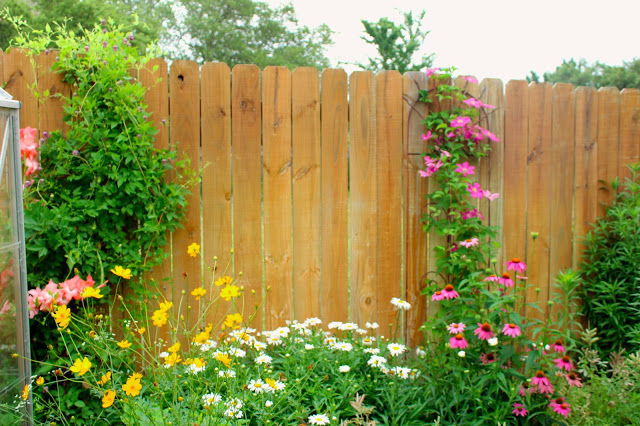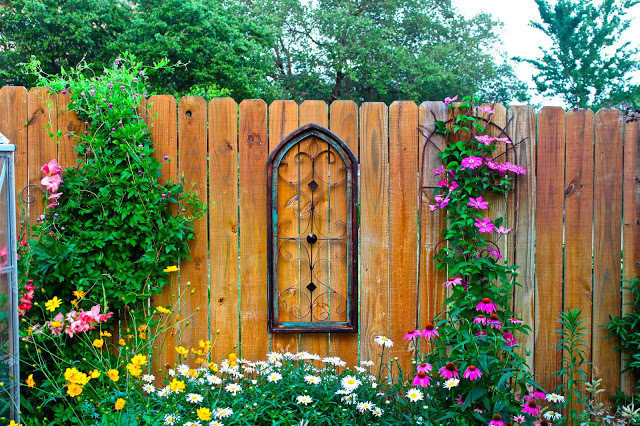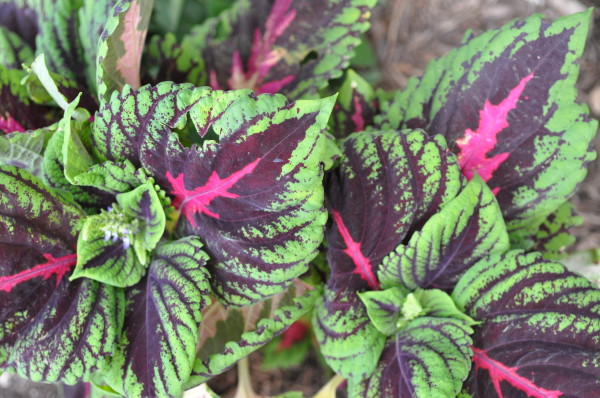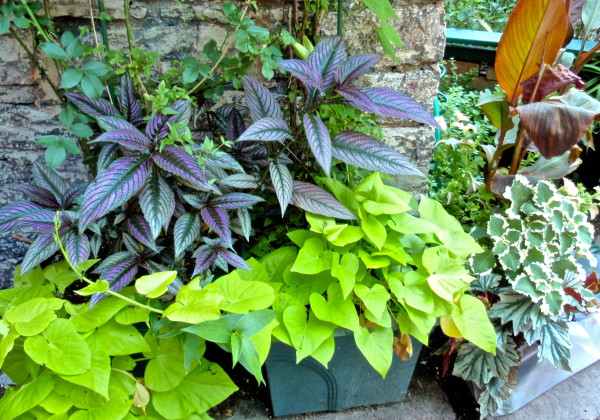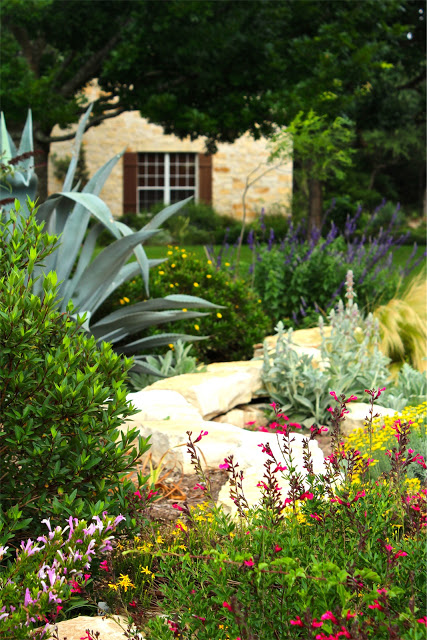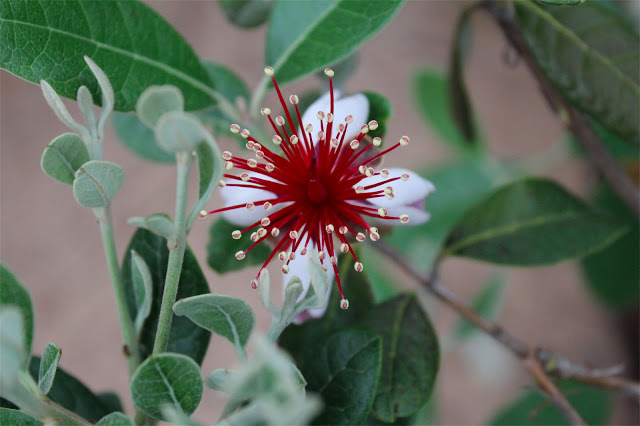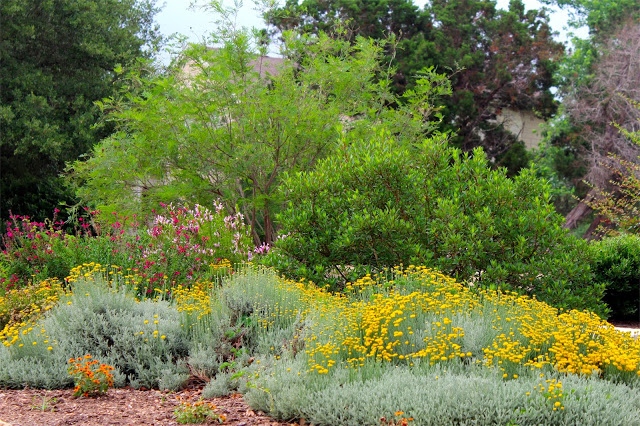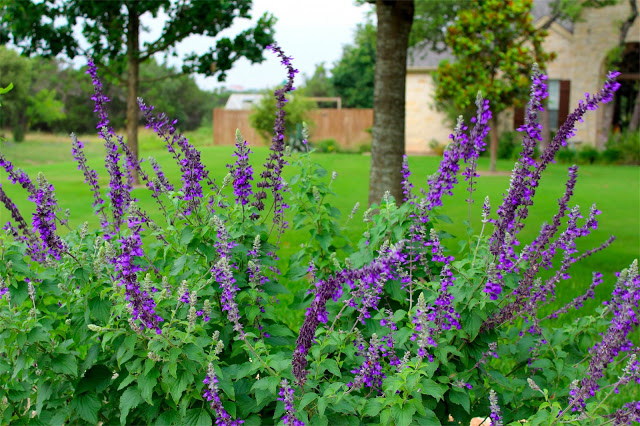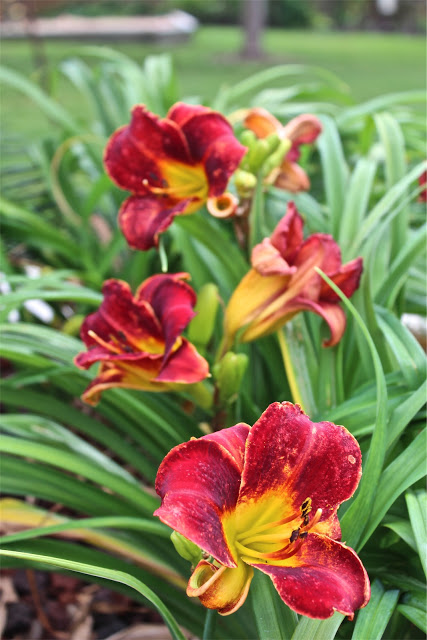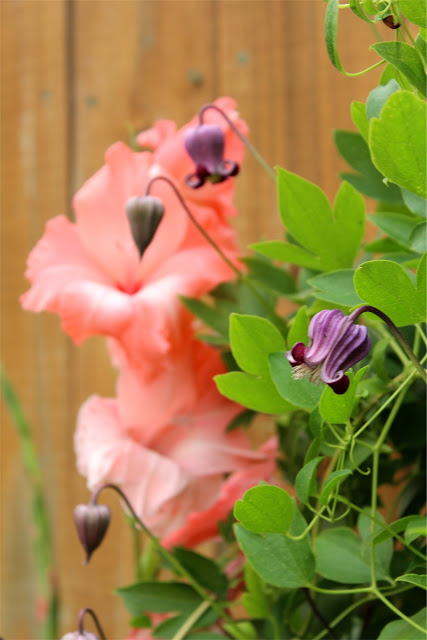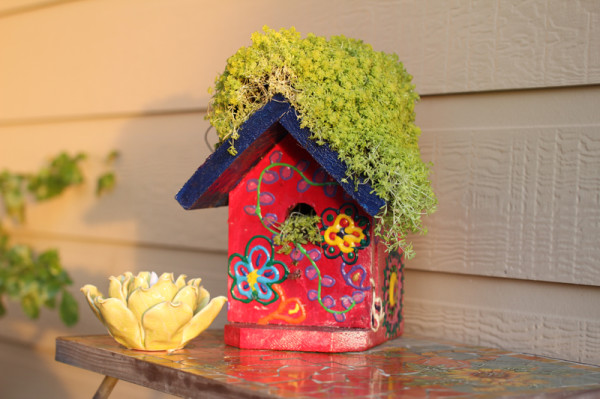The camera lens is a great garden tool…
Last week I was taking pictures of all the lovely flowers that popped up after our wonderful rains. I thought the cutting garden looked particularly nice with the clematis blooming.
But when I downloaded the pictures into iPhoto, this one looked odd.
That’s when I realized that I needed another element in that hole between the jackmanii clematis and the pitcheri clematis. Funny how I never saw that before with my naked eye. That area used to be home to a zillion larkspur in the spring, but this year they simply didn’t come back.
So I made a mental shopping list note and went to the nursery. This is what followed me home in the trunk.
I’m quite pleased with myself, and now it looks complete.
It’s interesting, isn’t it, the things that you can see through your camera lens?

